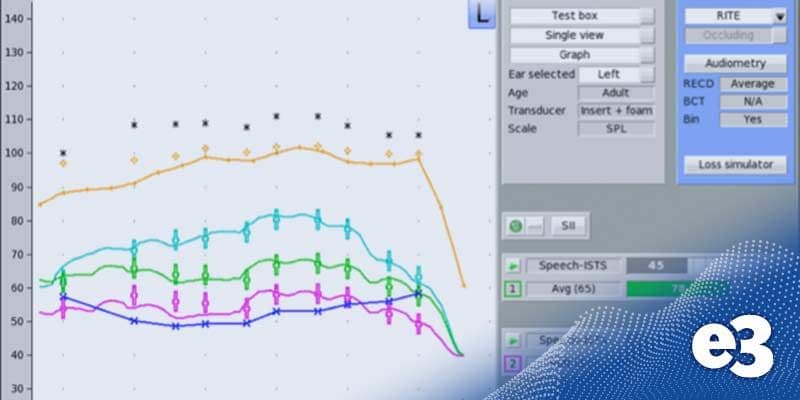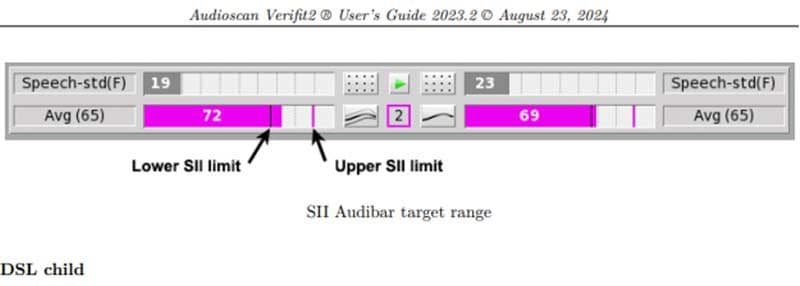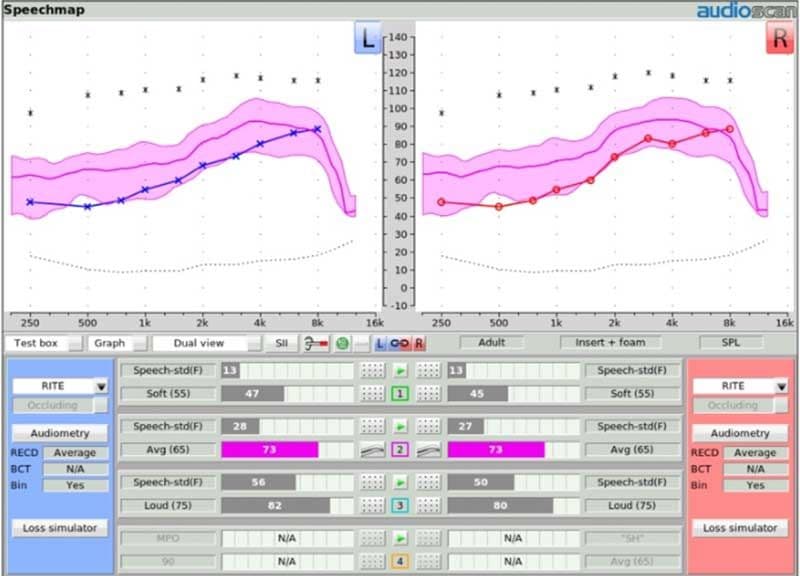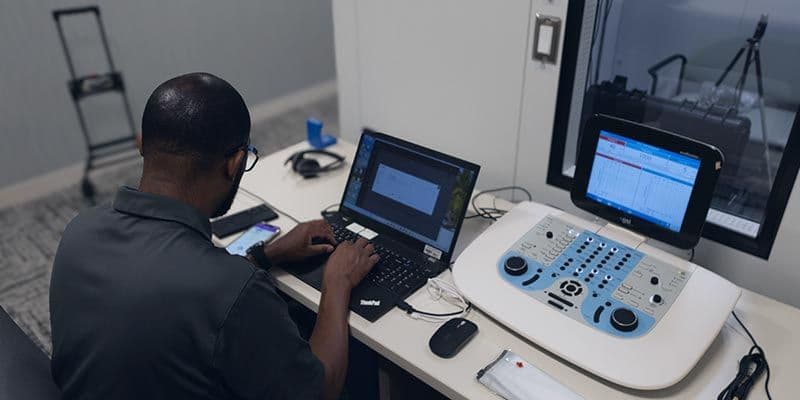Understanding the Speech Intelligibility Index (SII)

Understanding the Speech Intelligibility Index (SII) significance helps hearing care professionals (HCPs) make informed decisions during hearing aid fitting and patient management. This blog aims to provide a comprehensive understanding of the SII, its benefits, limitations, and its role in hearing aid fitting.
What is the Speech Intelligibility Index?
The Speech Intelligibility Index is a standardized measure designed to evaluate speech audibility across different frequencies. It quantifies the proportion of speech information that is audible to a listener, aiding clinicians to assess the effectiveness of hearing aids and other amplification devices.
The Importance of the SII in Hearing Care
The Speech Intelligibility Index (SII) is a valuable tool for hearing care professionals (HCPs), providing critical insight into how audible sounds are to patients with and without hearing aids.
The SII helps quantify the impact of a patient’s hearing thresholds on their ability to comprehend speech and offers a clear, objective metric for evaluating the effectiveness of hearing aids.
Benefits of the SII for Clinicians and Patients
Speech Audibility Assessment: The SII specifically assesses how well different parts of the speech frequency spectrum—low, mid, and high frequencies—are audible. This is especially important because hearing loss often disproportionately affects certain frequencies, particularly high-frequency consonants like /s/, /f/, and /t/, which are critical for understanding speech.
Guidance for Amplification: A low SII score can indicate that a patient may still struggle to understand speech, even with amplification. This information helps guide decisions about recommending hearing aids or other devices.
Optimizing Hearing Aid Performance: The SII is a useful tool that, when paired with real ear measures, helps HCPs feel confident that the fitted hearing aids provide adequate amplification across different speech frequencies, while also predicting the level of improvement the patient may experience.
Clear Patient Communication: SII scores offer an easy-to-understand way to explain hearing loss and the benefits of hearing aids, setting realistic expectations and improving patient satisfaction with their treatment.
Understanding the SII Score
The SII score ranges from 0 to 1 or can be expressed as a percentage from 0% to 100%. As the score increases, more speech becomes audible, depending on the patient’s degree of hearing loss and audiogram configuration.
0 or 0% means no speech sounds are audible
1 or 100% means all speech sounds are fully audible.
While it’s generally assumed that greater audibility leads to clearer speech understanding, this is not always the case. It’s also important to note that an aided SII of 100% is rare and typically only possible in cases of mild hearing loss.
Aided SII: The Impact of Hearing Aids
Definition: Aided SII refers to the SII score measured when a patient is using their hearing aids, indicating how well the devices enhance speech audibility.
Calculation: Aided SII is calculated by assessing the audibility of speech signals through the hearing aids, demonstrating the effectiveness of the amplification.
Limitations: While aided SII provides valuable insights, it should not be the sole predictor of speech understanding, as individual processing abilities and contextual factors play a significant role in comprehension.
How to Calculate the Speech Intelligibility Index
Thankfully, technology now handles most of the work for SII calculations. Most hearing aid verification systems provide both aided and unaided SII values and indicate what range is considered acceptable for a specific hearing loss, making it easy for HCPs to put into practice.
For example, in the Audioscan Verifit2, the system displays the client’s aided SII values during verification. If these values fall within the designated range, the hearing aid fitting is considered electroacoustically acceptable for the client’s pure tone average (PTA). The SII normative ranges used by the Verifit2 are provided by the National Centre of Audiology (NCA) in London, Ontario, Canada. For more information, refer to the UWO PedAMP Instruction Manual.






